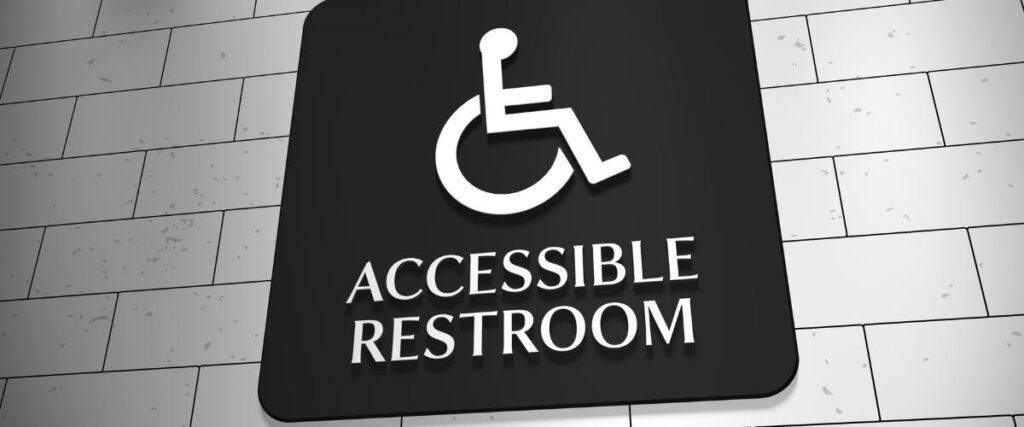
What exactly is an accessible toilet, and are they the same as disabled washrooms?
The term accessible washroom is used widely these days and throws some confusion over what exactly is required. For the uninitiated, accessible washrooms actually refers to a range of washroom styles. What unites them, is that they are all designed with the intention of being easy to use by as wide a range of users as possible. Disabilities vary from the wheelchair user to the visually impaired and the features and space needed to make the washroom easy to use varies too.
The idea behind accessible washrooms
In commercial settings, we want to be ensuring we make our washrooms as accessible as possible. This means that we want a wide range of users to be able to use our facilities and to be catering to a variety of different abilities. And it’s not just wheelchair users we need to consider, but also carers looking after adults. Changing Spaces Toilets is an initiative that’s been working to ensure accessible washrooms have a hoist and changing table that allows carers to change adults that need full-time care.
You can learn more about Changing Spaces on our earlier feature HERE.
It’s not one size fits all
Particularly in small and existing premises, you might be working with limited space, and as such not be able to offer a full disabled washroom. However, that doesn’t mean that you can’t look to making the washroom more accessible. For instance, an outward opening door means the door can be opened in an emergency if a user passes out or becomes unconscious while inside the washroom. Grab rails also help disabled users navigate the wash space, while lever operated taps can help those with arthritis as well as users suffering from injured limbs.
So what’s the difference between an accessible and a disabled toilet?
Technically, there are a number of accessible toilets you might choose to install. For example, an ambulant washroom requires that you have an outward opening door, and grab rails. The internal dimensions are not as big as a full disabled washroom, but there are features in place to accommodate a wider range of abilities when it comes to actually using the toilet.
Meanwhile, a disabled washroom requires the features and space needed for a wheelchair user to access the washroom. This means a transfer space to the side of the toilet, a number of grab rails in specific locations, and a tap that can be operated by use of the elbows. There are a number of dimensions you need to bear in mind if you’re looking to comply with Document-M of Building Regulations, which is why proper planning when designing accessible washrooms is paramount.
You can read our Designers Guide To Disabled Washrooms feature HERE
Our accessible washroom services
In the commercial environment, disabled toilets are something you want to get right. If you are looking for a full turn-key service, we are able to deliver a specification and design service complete with CAD drawings and 3D visuals ahead of the refurbishment works. Following a site visit, we can present a number of options that are available to your site and ensure your new washrooms meet the highest accessibility offering possible.
If you would like further advice on accessible washrooms, please get in touch with one of the team on 01202 650901

